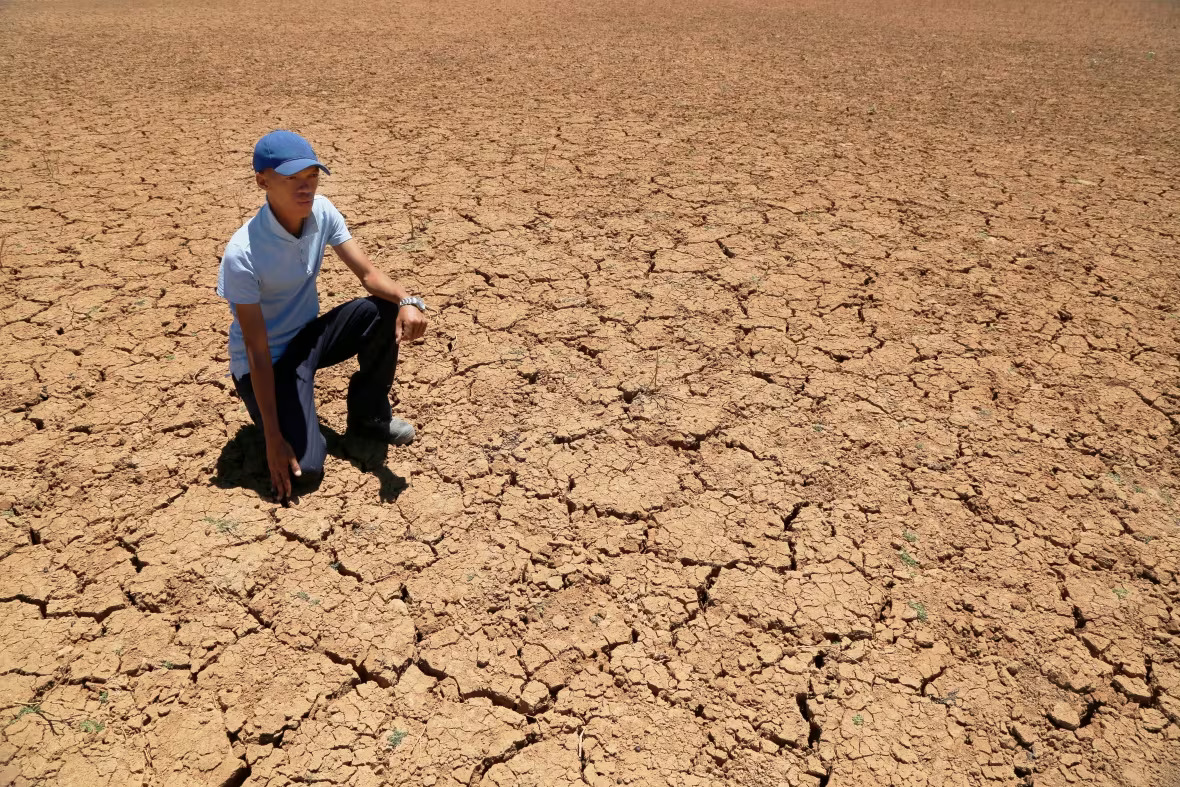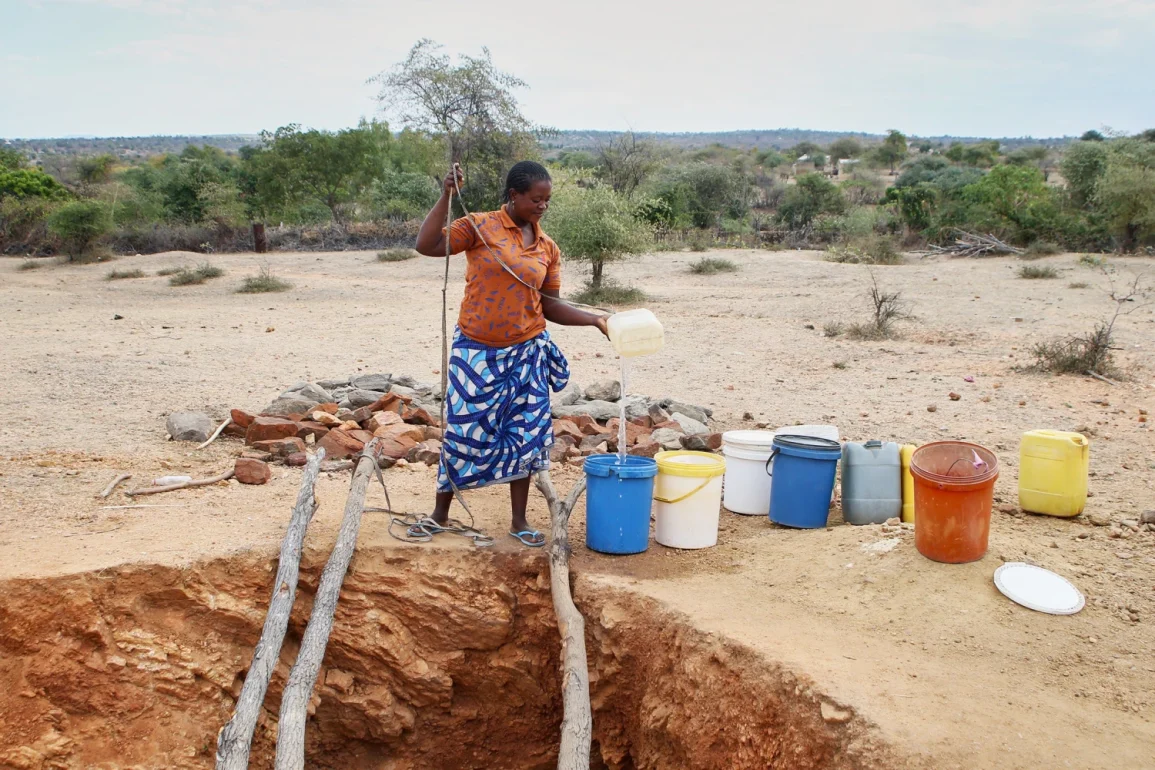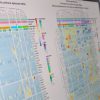Southern Africa is facing one of its most severe droughts in living memory, affecting nearly 70 million people who are struggling to access food and water. In Zimbabwe’s Mudzi district, the Vombozi River has dried up, forcing the local community to dig into the riverbed in search of the last remaining water.
The situation is dire, as rivers and dams across the region have dried up, putting immense pressure on the few remaining water sources. People are now forced to share contaminated water with livestock, raising serious health concerns.
The drought has also led to a significant food shortage in Zimbabwe, where 7.7 million people are at risk of hunger. The situation in Mudzi is particularly alarming, with access to nutritious food dropping drastically and hospital admissions for malnourished children doubling since June.
A village feeding program, designed to provide essential nutrients to children under five, has been severely impacted by the drought. The program, which once operated three times a week, now runs only once due to dwindling food supplies, and it may be forced to stop entirely as the situation worsens.

The drought’s impact extends beyond just food and water shortages; it is crippling the local healthcare system and agricultural activities. Boreholes that supply water to clinics in Mudzi have dried up, and the district’s main dam has only a month’s worth of water left.
This has led to the suspension of vegetable irrigation schemes that supported hundreds of farmers. For many, like Tambudzai Mahachi, who once supplied food to markets in the capital, the drought has turned their livelihoods upside down, leaving them dependent on aid and struggling to feed their own families.
The broader southern African region is also grappling with the drought, with several countries declaring a state of disaster. The Southern African Development Community (SADC) has appealed for $5.5 billion in aid, but only a small fraction has been received.
The World Food Programme (WFP) warns that the situation will worsen, with southern Africa facing its largest maize deficit in 15 years. The hunger and water crisis is expected to peak in October, the hottest and driest month of the year, further exacerbating the already dire conditions.
As the region awaits the start of the rainy season in November or December, the outlook remains bleak. Farmers, like those in Mudzi, know that even if the rains come, they will not be able to harvest crops like maize until March. This leaves millions of people in a precarious situation, facing months of uncertainty and hunger as they struggle to survive until the next harvest.

